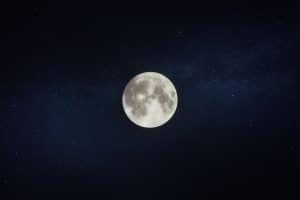Resolving Insomnia

Our circadian rhythm is an approximately 24-hour oscillating cycle in our bodies that dictates when our best waking hours and best sleeping hours are. This rhythm follows Earth’s solar rhythms and is orchestrated by the “master” clock in our brain, (the suprachiasmatic nucleus), that receives information from our eyes about how much light exists in our environment. When the light goes out, that’s when a main sleep hormone, melatonin, goes up. It’s no wonder then, given modern-day priorities, use of technology, and urban light pollution, that light may be the most prominent outside factor influencing our ability to sleep well.
Melatonin promotes high quality sleep, protects us from cancer and inflammation, and is secreted predominantly at night. But it’s sensitive. If you flip on the light between midnight and 4am, you may have significantly reduced your melatonin production for the rest of the night. Research suggests that if you can see your fingers on your outstretched hand, then there’s too much light in your bedroom at night.
Additional obstacles in the environment that can interfere with sleep, are allergens. People who are allergic to dust, mould, and their pets, for example, can experience a rise in histamine levels – an inflammatory chemical that can be quite stimulating. (This is why some people use anti-histamine medications to help them sleep.) Removing carpets and bookcases, and using a room air purifier, are effective strategies for insomnia in these cases.
Additional tips for a good night’s sleep are available in older blog posts, here. If you’d like some more support with diagnosing underlying causes of your insomnia, this Sleep Diary and Journaling exercise will help us get started. (Please feel free to share with struggling friends and family.) You can also find a mini-insomnia questionnaire on our clinic resources page.
fatigue, Insomnia, Mental health, Naturopathic medicine